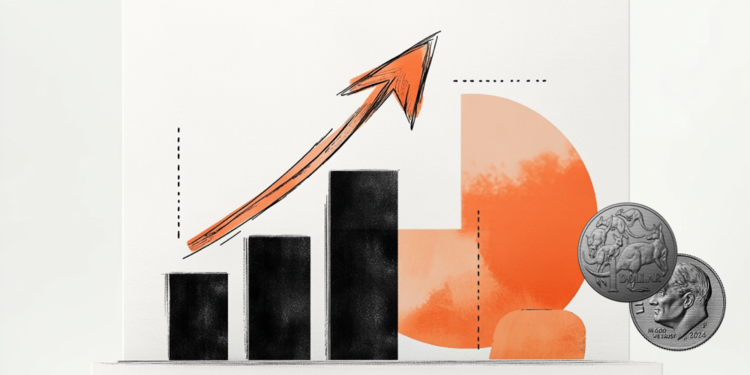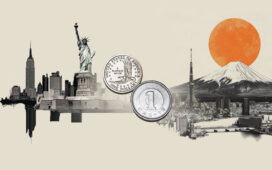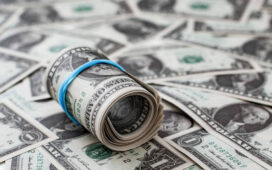The AUD/USD pair trades 0.5% higher to near 0.6520 during the European trading session on Wednesday. The Aussie pair strengthens as the Australian Dollar (AUD) outperforms its peers amid expectations that the Reserve Bank of Australia (RBA) is unlikely to follow an aggressive monetary easing approach in the near term.
Australian Dollar Price Today
The table below shows the percentage change of Australian Dollar (AUD) against listed major currencies today. Australian Dollar was the strongest against the US Dollar.
| USD | EUR | GBP | JPY | CAD | AUD | NZD | CHF | |
|---|---|---|---|---|---|---|---|---|
| USD | -0.26% | -0.24% | -0.38% | -0.02% | -0.51% | -0.05% | -0.22% | |
| EUR | 0.26% | 0.07% | -0.14% | 0.23% | -0.22% | 0.15% | 0.04% | |
| GBP | 0.24% | -0.07% | -0.22% | 0.20% | -0.28% | 0.08% | 0.03% | |
| JPY | 0.38% | 0.14% | 0.22% | 0.35% | -0.12% | 0.17% | 0.27% | |
| CAD | 0.02% | -0.23% | -0.20% | -0.35% | -0.50% | -0.11% | -0.17% | |
| AUD | 0.51% | 0.22% | 0.28% | 0.12% | 0.50% | 0.36% | 0.31% | |
| NZD | 0.05% | -0.15% | -0.08% | -0.17% | 0.11% | -0.36% | -0.05% | |
| CHF | 0.22% | -0.04% | -0.03% | -0.27% | 0.17% | -0.31% | 0.05% |
The heat map shows percentage changes of major currencies against each other. The base currency is picked from the left column, while the quote currency is picked from the top row. For example, if you pick the Australian Dollar from the left column and move along the horizontal line to the US Dollar, the percentage change displayed in the box will represent AUD (base)/USD (quote).
Market participants doubt quick interest rate cuts from the RBA as Assistant Governor Sarah Hunter warns of upside inflation risks, while speaking at the Citi Australia & New Zealand Investment Conference in Sydney earlier in the day.
“Inflation likely to be stronger than forecast in Q3, and labor market and economic conditions might be tighter than assumed,” Hunter said.
For more cues on the inflation outlook, investors will focus on the Q3 Consumer Price Index (CPI) report, which will be released later this month.
On the global front, trade tensions between the United States (US) and China could be a drag on the Australian Dollar, given that the Australian economy relies heavily on its exports to China.
This week, investors will focus on the Australian employment data for September, which will be released on Thursday. The Unemployment Rate is expected to have increased to 4.3% from 4.2% in August.
Meanwhile, the US Dollar (USD) extends its correction as investors shift their focus to firm expectations that the Federal Reserve (Fed) will cut interest rates two times more this year.
According to the CME FedWatch tool, traders see a 94.6% that the Fed will reduce interest rates by 50 basis points (bps) to 3.50%-3.75% in the remaining year.
On Tuesday, Fed Governor Michelle Bowman argued in favor of reducing interest rates further amid cooling job market conditions. “I continue to see two more cuts before the end of this year,” Bowman said, Reuters reported.
Economic Indicator
Unemployment Rate s.a.
The Unemployment Rate, released by the Australian Bureau of Statistics, is the number of unemployed workers divided by the total civilian labor force, expressed as a percentage. If the rate increases, it indicates a lack of expansion within the Australian labor market and a weakness within the Australian economy. A decrease in the figure is seen as bullish for the Australian Dollar (AUD), while an increase is seen as bearish.




